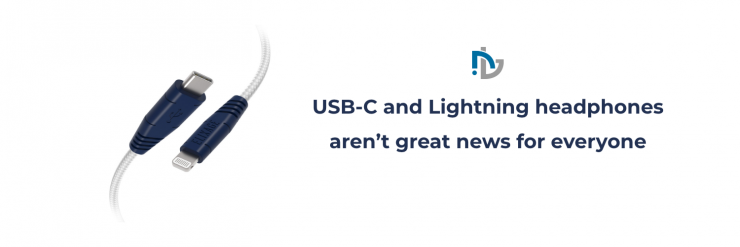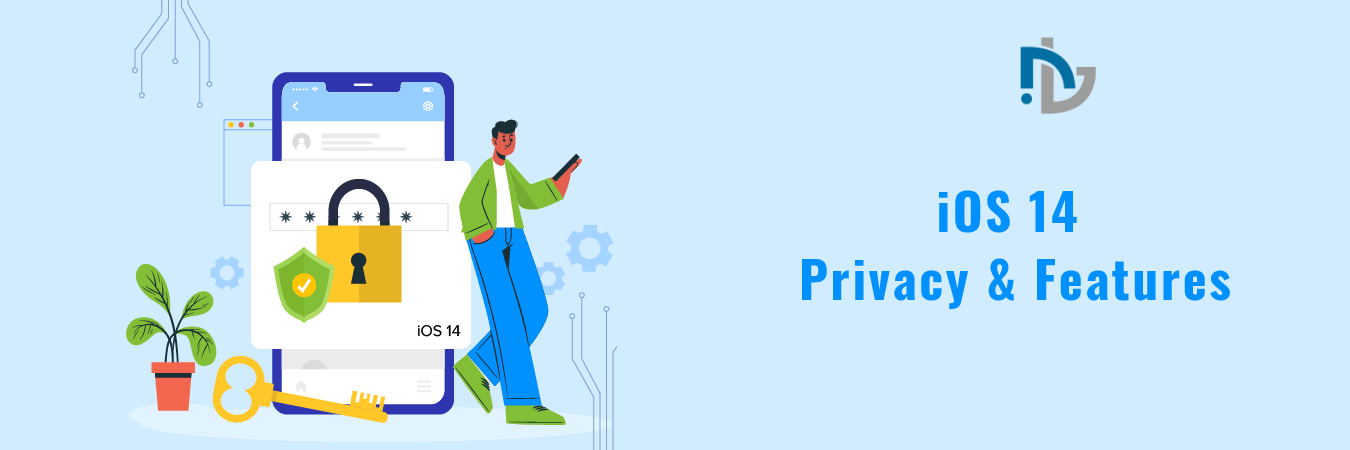The 3.5mm port is dying — at least when it comes to smart-phones. If the persistent Lightning headphone rumor wasn’t enough to persuade you, the fact that Motorola beat Apple to the punch should be.
Motorola’s new Moto Z and Moto Z Force don’t have that familiar circular hole for your cans to plug into, and it now seems inevitable that almost every phone within a few years will forgo the port in favor of a single socket for both charging and using headphones.
This is a change that few people actually want. It’s driven entirely by the makers of our phones and their desire to ditch what they view as an unnecessary port.
There are literally billions of headphones out in the world with a 3.5mm jack, all of which will need an adapter to work with Motorola’s new phone. And the quality of that adapter is going to be all-important. Phones are digital devices, and headphones require analog input. To solve that, every phone has a digital-to-analog converter (DAC) and an amplifier inside, which do exactly what the names suggest. The DAC converts the signal from ones and zeros to waves, and the amplifier makes those waves audible through a speaker or headphones.
The combination of these two parts (DSPs are also involved, but let’s not overcomplicate things) is what makes phones — or anything with a headphone port — sound different from one another. If you listen to the same track, with the same headphones, on an iPhone 6S and a Galaxy S7, they won’t sound identical, mainly because the two phones use different DACs and amps, which output slightly different analog signals through the devices’ 3.5mm ports.
With the switch to USB-C (or Lightning) for headphones, your phone’s DAC and amp (it’ll still need one for the speaker) are being bypassed. That means this all-important component will now reside inside either the adapter (for your existing cans) or the headphones themselves (for USB-C or Lightning headsets).
In order to get the same quality offered by analog pairs, the price has to go up.
Who should be worried about the change? Well, anyone who doesn’t own expensive headphones and has no intention of getting them. If you’re the type of person who spends $30 to $100 on cans, then you probably have cause for concern. You’re either going to need to grapple with what is likely to be a budget adapter for your existing headphones or choose a cheap USB-C or Lightning model.
And here’s the problem: The DAC and amp inside that $50 pair of digital headphones are not going to be of the same quality as those in a $500 pair. Nor will the sound they output be afforded the same time and effort. Instead of trusting in your phone’s DAC and amp to output decent-quality audio at decent volumes, you’ll now be contending with the choices of a company that has had to cut corners to put out headphones on a tight budget.
The industry is far from finished with developing the 3.5mm port’s replacement.







